Discover the 12 most beautiful volcanoes in Japan, marvel at their majestic landscapes, and learn about their geological significance. Immerse yourself in the breathtaking beauty of these natural wonders as we take you on a virtual journey through Japan’s volcanic wonders.
Introduction
Japan, a country known for its rich culture and technological advancements, is also home to some of the most stunning and awe-inspiring volcanoes in the world. The dynamic geological history of Japan has gifted the country with a diverse range of volcanoes, each boasting its unique charm and significance. From active peaks emitting plumes of smoke to dormant giants clothed in lush greenery, the 12 most beautiful volcanoes in Japan offer a mesmerizing blend of natural beauty and geological wonder.
12 Most Beautiful Volcanoes in Japan
Let’s embark on a thrilling exploration of Japan’s 12 most beautiful volcanoes. From the northernmost reaches of Hokkaido to the southern islands of Kyushu, these volcanic wonders are sure to leave you spellbound.
1. Mount Fuji: The Iconic Beauty
No list of Japan’s beautiful volcanoes would be complete without mentioning Mount Fuji. This majestic stratovolcano, standing at 3,776 meters above sea level, is Japan’s highest peak and an iconic symbol of the nation. Its near-perfect conical shape and snow-capped summit have inspired countless artists and poets throughout history. Located near Tokyo, Mount Fuji is a UNESCO World Heritage Site and a popular destination for hikers and nature enthusiasts.
2. Mount Aso: The Calm and Colossal Crater
Situated in Kumamoto Prefecture on Kyushu Island, Mount Aso is one of the world’s largest calderas, spanning approximately 25 kilometers in diameter. This active volcano boasts a captivating landscape with its central crater known as the Aso Gogaku, surrounded by lush greenery and picturesque villages. Visitors can witness smoke gently rising from the active crater while exploring the stunning Aso Kuju National Park.
3. Mount Sakurajima: The Fiery Showstopper
A visit to Kagoshima in southern Kyushu introduces you to Mount Sakurajima, an active volcano known for its frequent and awe-inspiring eruptions. Despite its volatile nature, this majestic volcano offers unparalleled views of volcanic ash and breathtaking sunsets. The Sakurajima Visitor Center provides valuable insights into the geological wonders of this fascinating volcano.
4. Mount Yotei: Hokkaido’s Ezo Fuji
Often referred to as “Hokkaido’s Ezo Fuji,” Mount Yotei is a dormant stratovolcano resembling Japan’s beloved Mount Fuji. Located in Hokkaido’s Niseko region, Mount Yotei offers an exhilarating challenge to hikers and climbers seeking to conquer its 1,898-meter summit. The surrounding landscapes, particularly during autumn, transform into a canvas of vibrant colors, making it a paradise for photographers.
5. Mount Ontake: The Sacred Summit
Regarded as one of Japan’s most sacred mountains, Mount Ontake is located on the border of Nagano and Gifu prefectures. This stratovolcano holds great religious significance and attracts pilgrims seeking spiritual solace. Surrounded by lush forests and serene shrines, Mount Ontake’s beauty is a soul-stirring experience.
6. Mount Usu: The Resilient Twin Peaks
Located on the northern island of Hokkaido, Mount Usu showcases two picturesque peaks rising from the shores of Lake Toya. This composite volcano has erupted multiple times throughout history, reshaping its landscape and leaving behind an impressive array of craters. Visitors can explore the Usu Volcano Science Museum to learn about volcanic phenomena and the impact on the region.
7. Mount Zao: The Winter Wonderland
Nestled on the border between Yamagata and Miyagi prefectures, Mount Zao is a volcanic complex that captivates visitors with its mystical “Snow Monsters” during winter. These snow-covered trees take on eerie shapes, creating a magical and otherworldly atmosphere. The Zao Onsen Ski Resort offers a perfect blend of winter sports and breathtaking volcanic landscapes.
8. Mount Nantai: The Ancient Guardian
Standing tall near Nikko, Mount Nantai is a stratovolcano steeped in ancient history and mythology. It is considered a sacred mountain guarding the region. The hiking trails leading to the summit pass through ancient cedar forests and offer stunning views of Lake Chuzenji below. The vibrant autumn foliage adds a touch of surreal beauty to the landscape.
9. Mount Unzen: The Steamy Peaks
Famous for its deadly eruptions in the past, Mount Unzen now stands as a testament to the regenerative power of nature. Located on Kyushu Island, the Unzen Onsen region offers soothing hot springs amidst steaming volcanic landscapes. A hike to Mount Fugen, the active volcanic peak within the complex, offers a thrilling adventure to witness the dynamic forces of nature.
10. Mount Asama: The Thunderous Giant
Known for its frequent eruptions, Mount Asama towers over the Gunma and Nagano prefectures. Despite its active nature, this stratovolcano attracts visitors with its rugged beauty and surrounding natural hot springs. The Asama Volcano Museum provides valuable insights into the geological wonders of the region.
11. Mount Kirishima: The Enchanting Twin Peaks
Located on the border of Miyazaki and Kagoshima prefectures, Mount Kirishima is a volcanic wonderland with enchanting twin peaks—Karame Dake and Shinmoedake. The region offers diverse hiking trails, pristine lakes, and lush forests, providing an idyllic escape into nature’s embrace.
12. Mount Daisen: The Rising Sun
Rising gracefully over the Tottori Prefecture, Mount Daisen is a dormant volcano revered as a spiritual site and symbol of power. Its gentle slopes and surrounding landscapes create an aura of tranquility and serenity. The Daisen-ji Temple at the base adds a spiritual dimension to the overall experience.
FAQs
- What Makes These Volcanoes Beautiful? The beauty of these volcanoes lies in their diverse landscapes, ranging from snow-capped peaks to lush forests and serene lakes. They also hold cultural and spiritual significance for the Japanese people, adding to their allure.
- Are These Volcanoes Safe to Visit? While some volcanoes may be active, Japan has a robust monitoring and warning system in place to ensure visitor safety. It is essential to follow local authorities’ guidelines and stay updated on volcanic activity before planning a visit.
- Can I Hike Up These Volcanoes? Yes, many of these volcanoes offer hiking trails suitable for various skill levels. However, it’s crucial to prepare adequately, especially for active volcanoes, and seek guidance from experienced local guides.
- Do These Volcanoes Have Hot Springs? Yes, several of these volcanoes have natural hot springs (onsen) nearby, providing a relaxing and rejuvenating experience after a day of exploration.
- Which Volcano Is Best to Visit During Winter? Mount Zao’s “Snow Monsters” offer a unique and captivating winter experience, making it an ideal destination for winter travelers.
- Is Mount Fuji Open for Climbing All Year Round? While Mount Fuji is open for climbing during specific seasons, the official climbing season typically runs from early July to mid-September when weather conditions are safer and more predictable.
Conclusion
Japan’s 12 most beautiful volcanoes paint a vivid picture of nature’s breathtaking beauty and its geological wonders. From the iconic Mount Fuji to the enchanting twin peaks of Mount Kirishima, each volcano tells a unique story of Japan’s dynamic and diverse landscape. Whether you are an avid hiker, a nature enthusiast, or a curious traveler, a journey through these volcanic wonders promises an experience like no other.
So pack your bags, lace up your hiking boots, and embark on a memorable adventure through Japan’s mesmerizing volcanic landscapes.


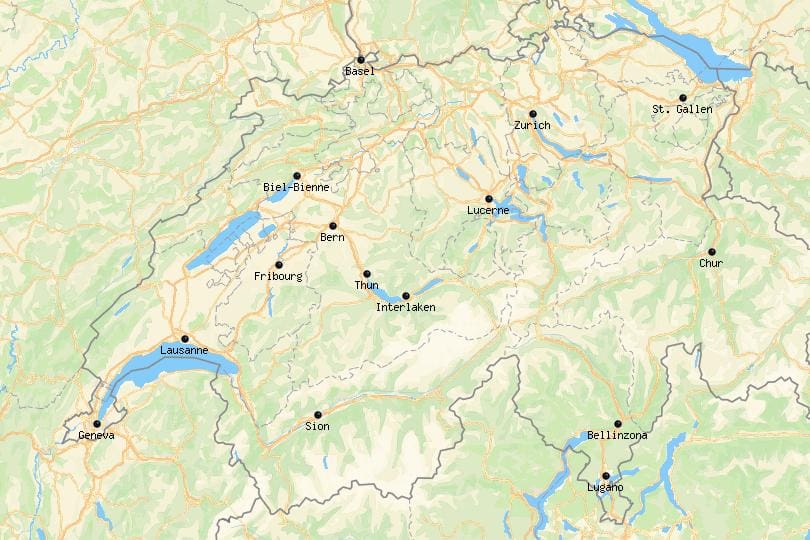

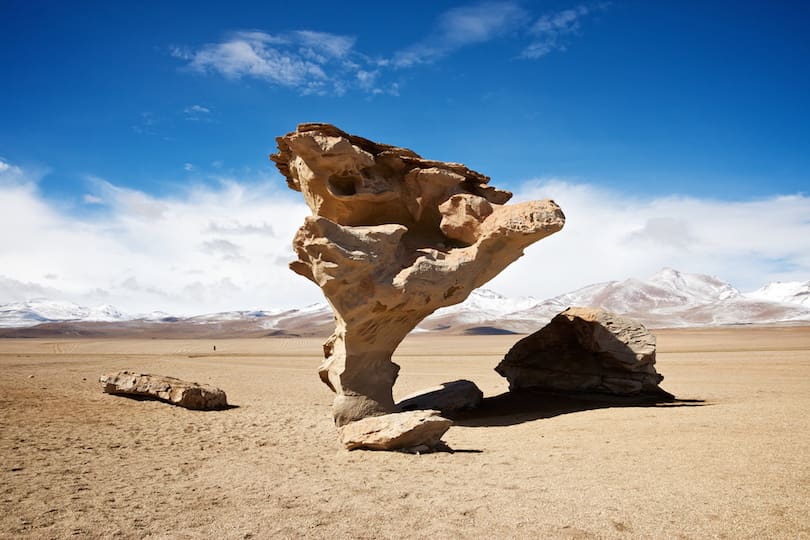



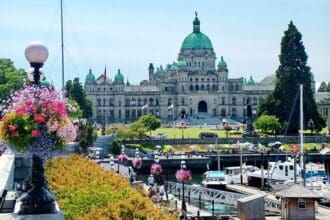




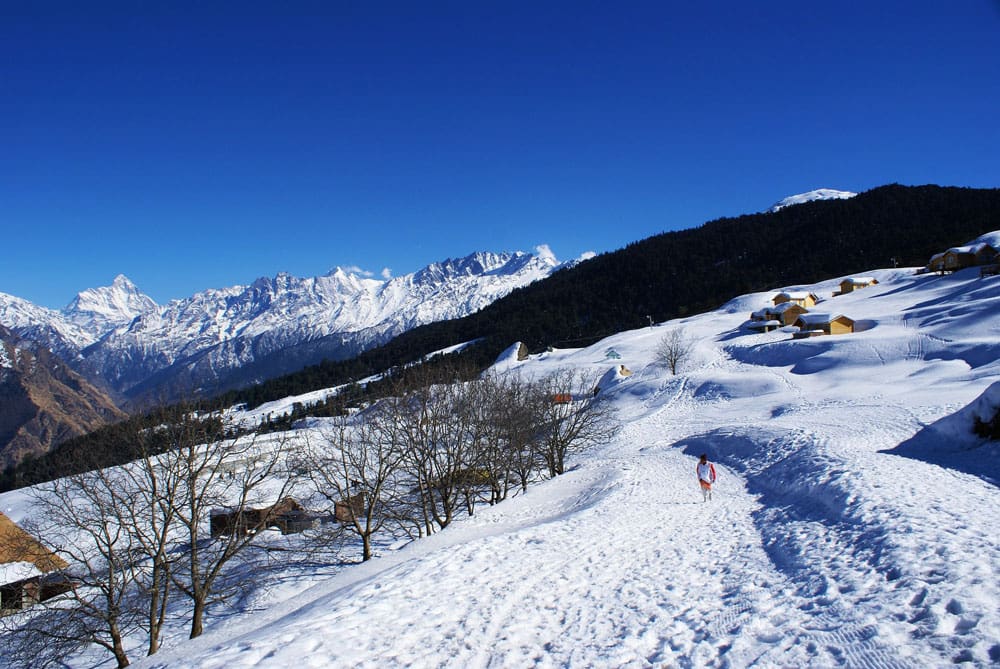

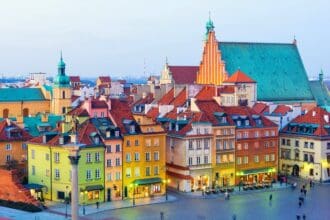

Wonderful blog! I found it while searching on Yahoo News. Do you have any tips on how to get listed in Yahoo News? I’ve been trying for a while but I never seem to get there! Many thanks
Great – I should certainly pronounce, impressed with your web site. I had no trouble navigating through all tabs as well as related info ended up being truly simple to do to access. I recently found what I hoped for before you know it in the least. Quite unusual. Is likely to appreciate it for those who add forums or anything, web site theme . a tones way for your customer to communicate. Excellent task.
I have been exploring for a little bit for any high quality articles or blog posts on this sort of area . Exploring in Yahoo I at last stumbled upon this site. Reading this information So i’m happy to convey that I have a very good uncanny feeling I discovered exactly what I needed. I most certainly will make certain to do not forget this website and give it a look on a constant basis.